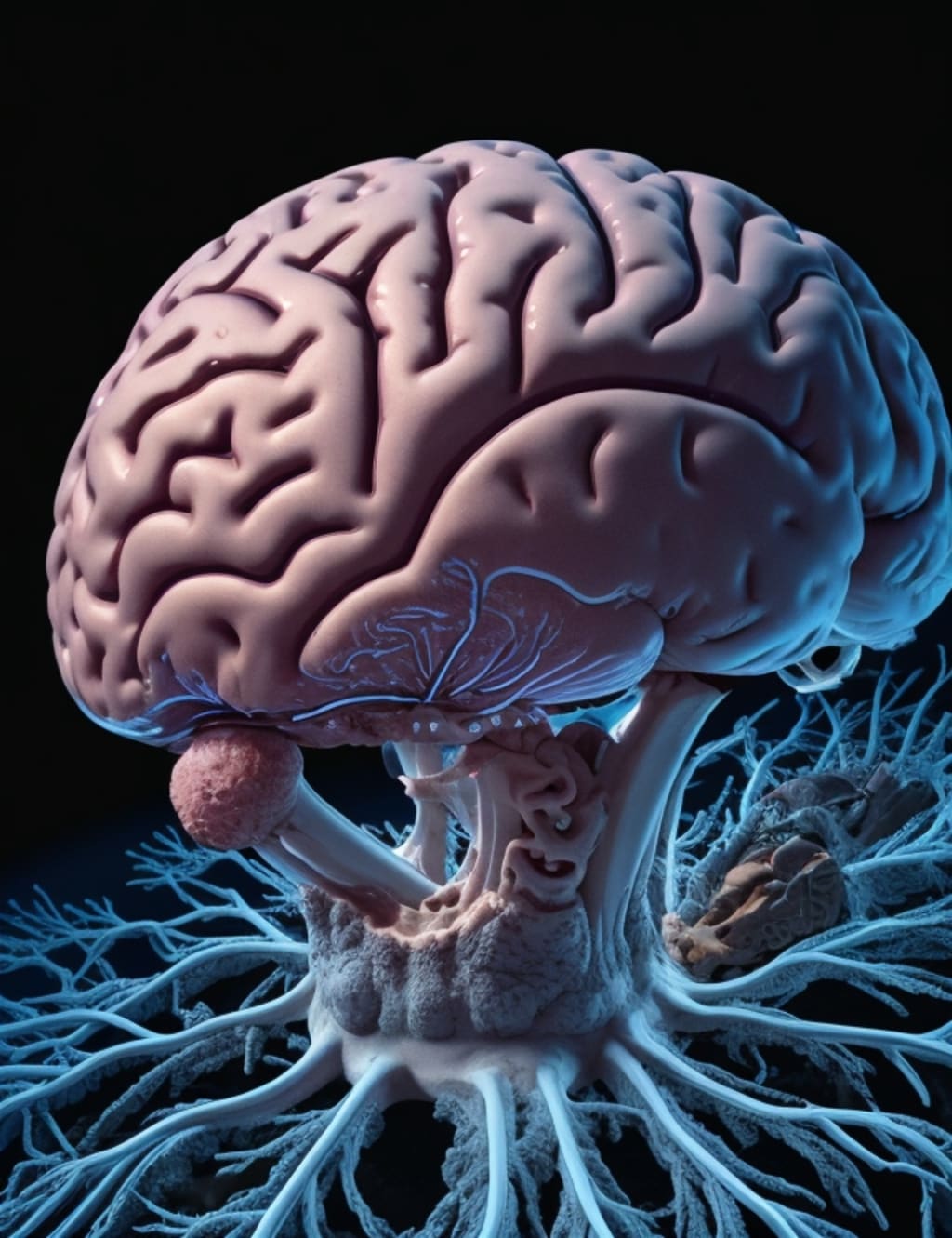
Introduction:
Scientists have achieved a groundbreaking milestone in their quest to comprehensively understand the intricacies of the human brain. By conducting a census of brain cells, they have taken a vital step towards creating a detailed map of this remarkable organ, which governs our thoughts, movements, and emotions. This enormous feat holds immense significance as it opens new avenues for unraveling the underlying causes of various brain disorders and diseases.
The Research Process:
In this cutting-edge study, researchers examined 100 tissue samples extracted from different regions of the human brain. These samples were meticulously analyzed to identify the RNA expression in individual cells that led to the production of distinct proteins. Parallel investigations also explored the regulation of gene expression through various chemical modifications. By combining this valuable information with the knowledge of sample origin within the brain, the scientists successfully constructed the inaugural reference map of the human brain.
Key Findings:
The remarkable diversity of brain cells became evident as researchers classified over 3,300 cell types into 461 clusters. Additionally, this study shed light on novel cell types situated within the cerebral cortex, a critical region responsible for memory, language, and other essential functions. Surprisingly, the brain stem and hypothalamus were found to possess a significantly greater variety of neurons compared to the cerebral cortex. These observations highlight the complex circuitry and intricate composition of the brain stem, thus providing further insight into its functioning.
Understanding Human Evolution:
Comparing cell types across multiple species, including humans, chimpanzees, and others, researchers made intriguing discoveries. Contrary to popular belief, all examined species share the same cell types; however, dissimilar proportions of these cell types existed. The researchers identified several hundred genes that are unique to humans and absent in chimpanzees. It is suggested that the expression of these genes plays a crucial role in the interconnection of neurons, ultimately distinguishing humans from chimpanzees.
Implications and Perspectives:
While mice have traditionally been used as models for studying human diseases, their limitations in replicating neurological disorders have been exposed through this research. Comparing mouse and human brains has shown that information previously obtained from simpler organisms can indeed be applied to the human brain. Nevertheless, the complexity of the human brain demands greater exploration, and studies involving non-human primates and mice still hold value alongside the more limited possibilities in human studies.
The Need for a Comprehensive Brain Atlas:
The significance of a comprehensive atlas of the human brain cannot be understated. Experts emphasize that a thorough understanding of gene expression in specific brain cells and at specific times is vital for unraveling the genetic basis of neuropsychiatric disorders. Initiatives like the National Institutes of Health's BRAIN Initiative and the EU's Human Brain Project have set forth ambitious goals of mapping the brains of various species, including humans, to broaden our understanding of this complex organ.
Future Directions:
While this milestone census has shed light on gene expression, it is essential to acknowledge that the complete picture of cell functionality is contingent upon understanding the proteins encoded by genes, rather than solely relying on RNA data. Integrating these aspects will necessitate further research and collaboration. Despite the long journey ahead, scientists are motivated to delve deeper into the inner workings of brain cells to uncover the intricacies of their connections and precisely locate their positions within the brain.
Conclusion:
The recent census of brain cells signifies an extraordinary breakthrough in unraveling the mysteries of the human brain. By creating a comprehensive atlas, scientists have paved the way for a more profound understanding of the various cell types, their locations, and their interconnections within this complex organ. This monumental achievement in the field of science brings us closer to finding answers to the numerous questions surrounding brain disorders and diseases, shaping a brighter future for neurological research.
About the Creator
Nora SG
I love writing articles, poetry and children's stories, which I sell on Amazon, I also design images, especially on artificial intelligence programs, and I sell on several sites, and I have 5 years of experience






Comments
There are no comments for this story
Be the first to respond and start the conversation.